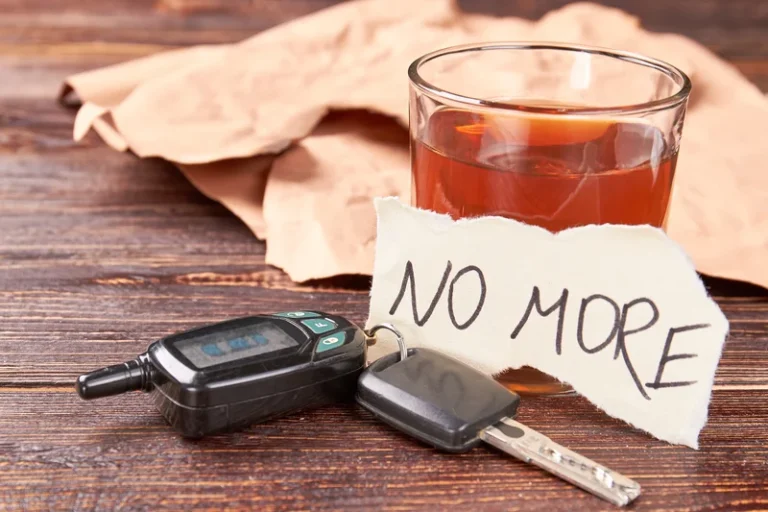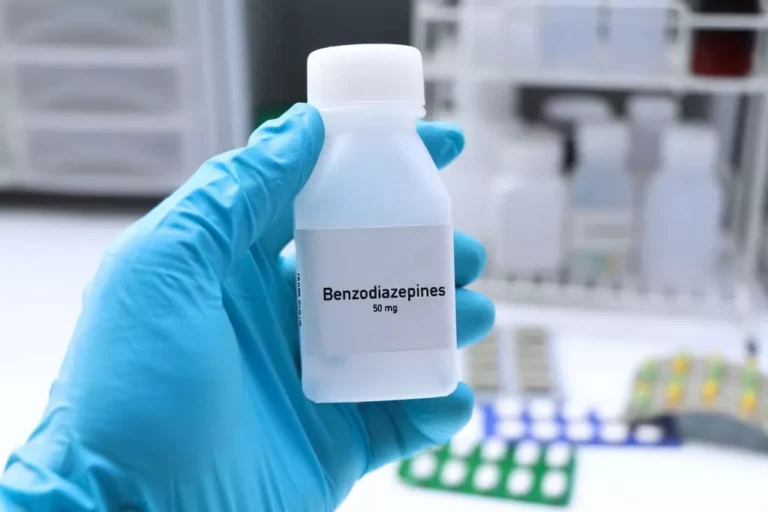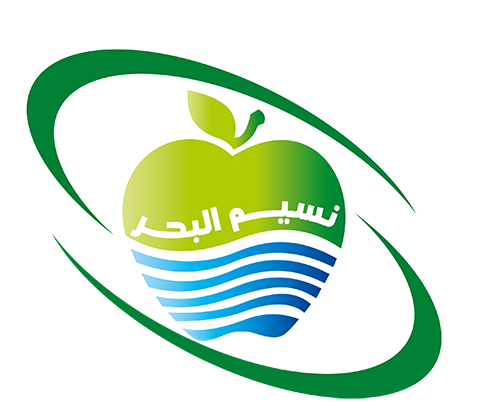1xbet É Legal? Entenda Se É Seguro Apostar Na Cas
24 يناير، 20231xbet Официальный Сайт: Мобильная Версия И Многое Другое 1х Официальный Сай
24 يناير، 2023
These approaches are limited, however, by the rarity of some types of behavior and the scant research on such transitional functions as episodic drug use and return to treatment. The status of https://ecosoberhouse.com/rs as members of the heroin community is often secret. These users may or may not be identified on the street as addicts, depending on their means of obtaining the drug and the stage of their drug-use careers. The committee recommends that high priority be given to studies of IV drug users who are not in contact with health care, drug-use treatment, or criminal justice systems. Attempts are being made to move away from exclusive reliance on convenience samples in studies of IV drug users.
- Deep vein thrombosis is one type of dangerous blood clot that IV treatment can cause.
- Both may use the set without thinking of it as sharing, which for them may refer to letting someone other than one of the joint owners use the equipment.
- Every year in the United States, about 20 people are diagnosed with wound botulism.
Intravenous (IV) Opioid Use: What You Need to Know
- As is the case with most mathematical models, models of heroin consumption could benefit from further elaboration and the use of other mechanisms to improve their predictive powers.
- Shapiro said some caveats remain about lenacapavir, but the results are very promising.
- When this occurs, medication leaks into surrounding tissue instead of going into your bloodstream.
- Gold and coworkers (1986) report that cocaine’s desired subjective effects are so rapid and short-lived that administration must be repeated every minutes to maintain the high.
Chronic iv drug use can be confirmed by observing track marks due to repeated injections into subcutaneous veins. Track marks are a linear area of tiny, dark punctate lesions (needle punctures) surrounded by an area of darkened or discolored skin due to chronic inflammation. Track marks are often found in easily accessible sites (eg, antecubital fossa, forearms), but some drug users try to hide evidence of their injections by choosing less obvious sites (eg, axillae). The Recovery Village aims to improve the quality of life for people struggling with substance use or mental health disorder with fact-based content about the nature of behavioral health conditions, treatment options and their related outcomes. We publish material that is researched, cited, edited and reviewed by licensed medical professionals.
Rotate your injection sites – the best spot is not always the same spot

In the United States, there has been a similar complementarity between programs that provide the means for safer injection and drug treatment programs. As noted earlier, the first ex-addict outreach program in New Jersey evolved from one that taught sterilization methods into one with expanded treatment capacity (Jackson and Rotkiewicz, 1987; Jackson and Baxter, 1988). The outreach programs in New York and San Francisco that distribute bleach have had to develop referral-to-treatment programs and street counseling components to keep up with the demand for these services (Des Jarlais, 1987b). Placement of an IV line may cause pain, as it necessarily involves piercing the skin.
Drug and Alcohol Addiction Treatment Levels of Care

Skilled management of ulcers by nursing staff, and use of stockings and compression bandages, are also necessary but again require regular, periodic clinic attendance to be effective. Skin-poppers should follow all of the infection control and other safety precautions that intravenous and intramuscular injectors should follow. Although like with muscle-popping, skin-popping results in little or no bleeding at the site of the injection, the risk for bacterial or viral infection is real if injection equipment is shared or drugs are not prepared and injected hygienically. Also, skin-poppers are at greatly increased risk for abscesses, especially if injecting crushed pills or another solution with particles in it. When skin-popping, it is critical to use only a solution that is as particle-free as possible. Some drugs, including injectable steroids and hormones, must be injected into a muscle instead of a vein, but heroin and other opiates can also be administered using this method.


Drug Use and Addiction
International Patients

